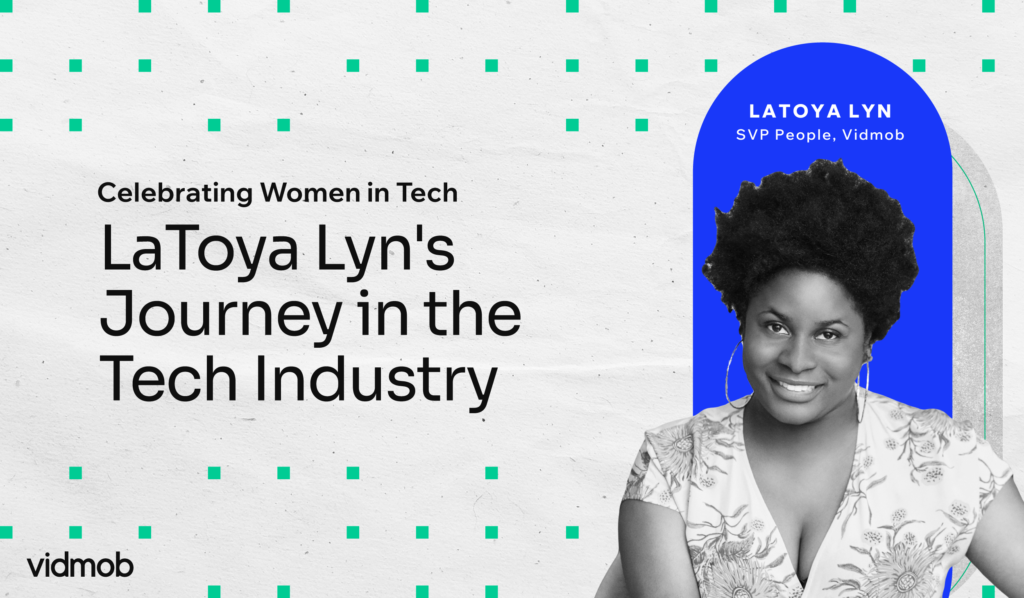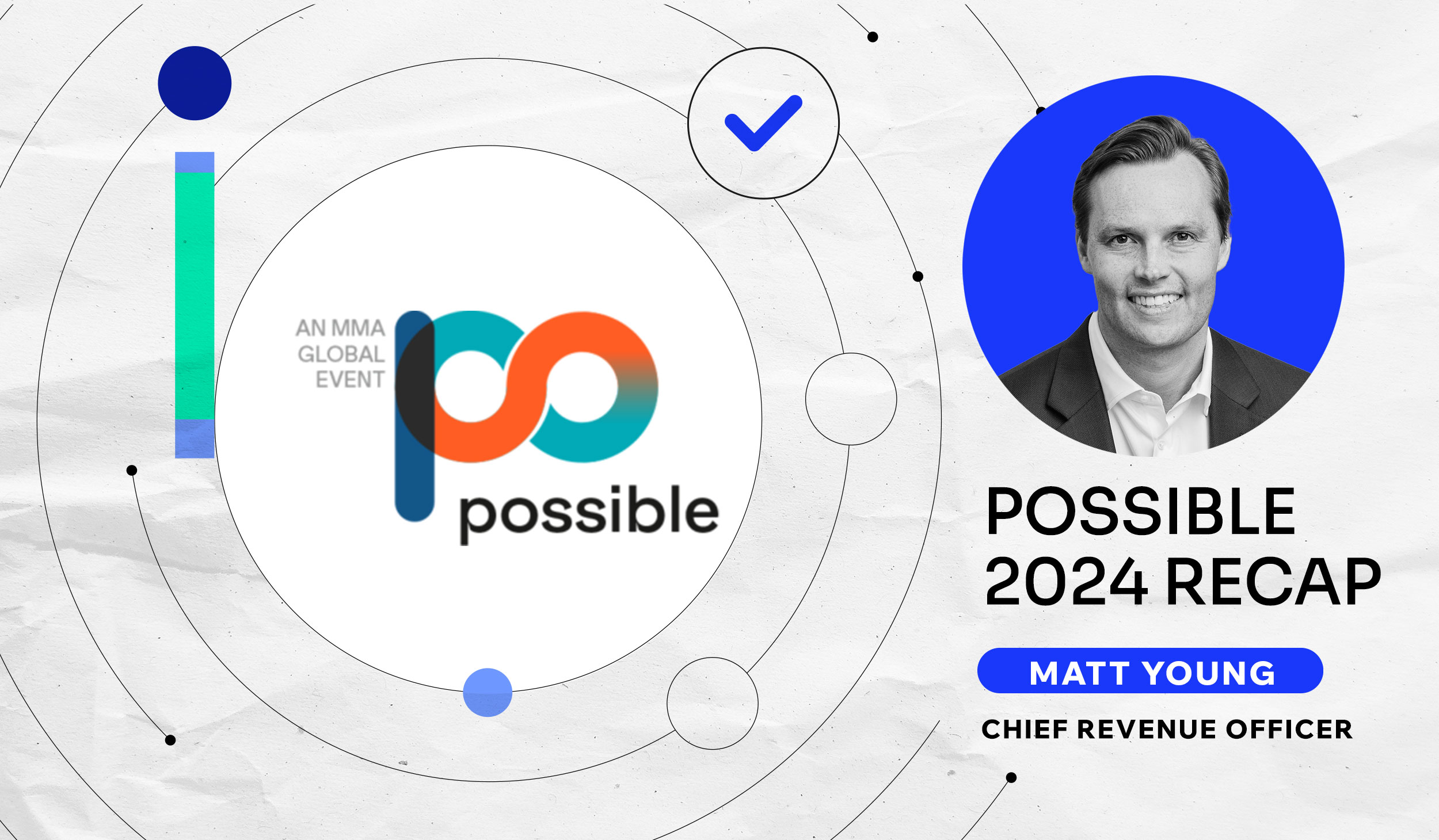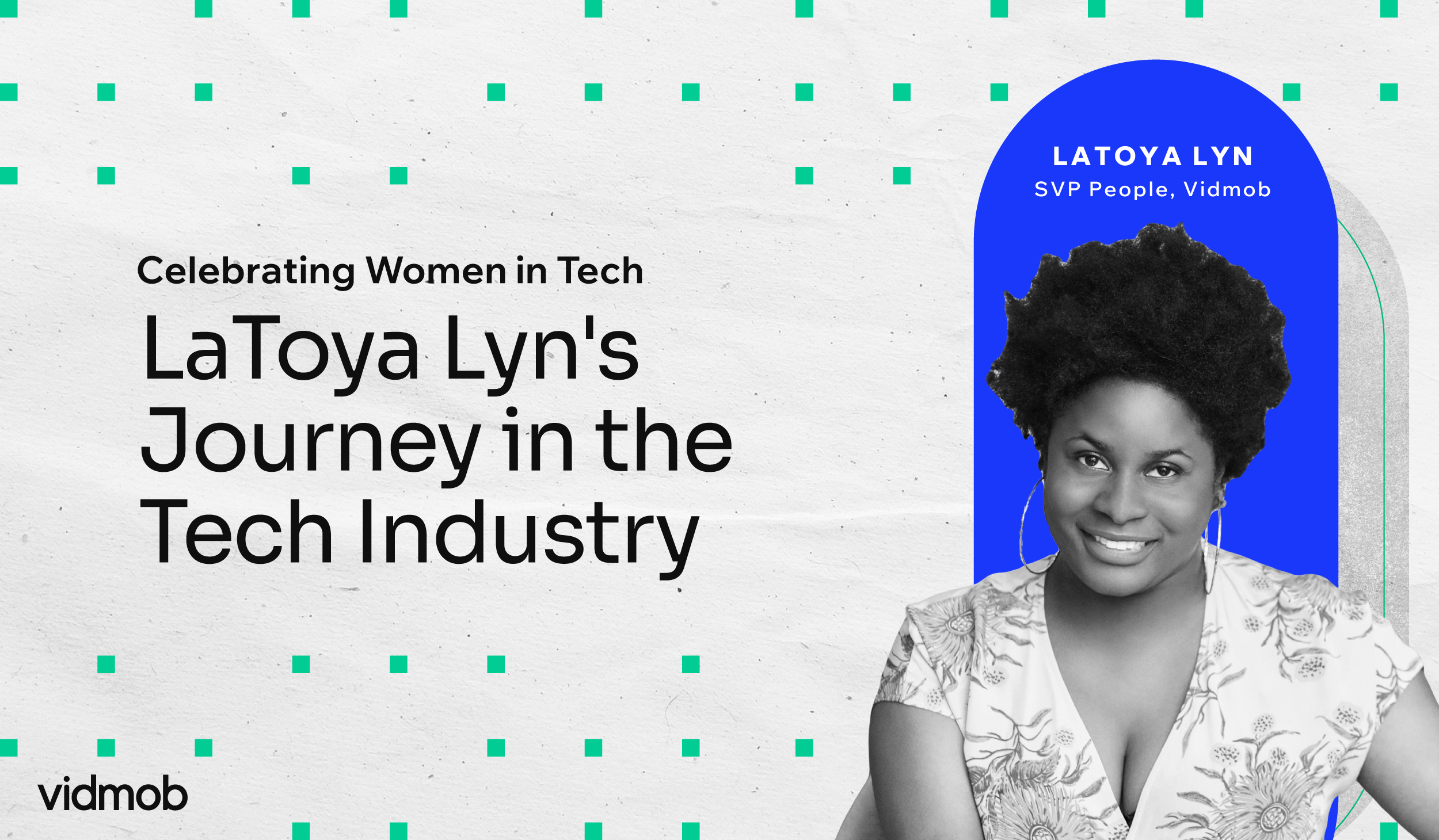Creative Effectiveness Takes Center Stage at LUMA’s DMS 2023

When it comes to tight summations of the biggest trends facing our industry for the year ahead, there’s nothing better than LUMA’s annual DMS conference in New York City. And this year was no different. With the usual mix of unrivaled comedic delivery (very rivaled dancing ability), biting insights and hot takes, Terry Kawaja and his newest partner, Conor McKenna, welcomed a number of the leading figures in the Ad Tech and Marketing industry to the stage to discuss the biggest things happening in 2023.
Tara Walpert Levy (YouTube, VP of Americas) started things off with a discussion on the continued rise of YouTube Shorts, and how more than 50% of YouTube viewership now happens on a TV. Expect this shift to continue in the wake of the NFL Sunday Ticket partnership.
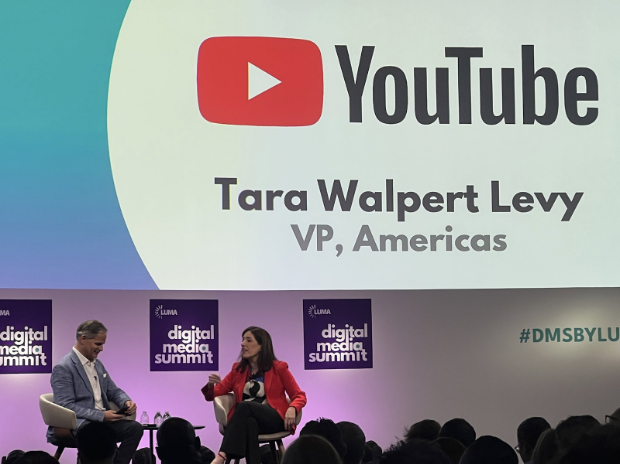
Drew Panayiotou (Pfizer, Global CMO) then spoke about the total company transformation that Pfizer is currently going through. He discussed how he codes in Python, has his own GitHub account, and writes his own algorithms. I was struck by how well-positioned Pfizer is for the AI-enabled world with a CMO with this kind of background in the seat. He also caught my ear when he said that the industry needs to stop using the word ‘targeting’, as it’s really all about delivering better, more relevant experiences (and content) to people. Bravo! More on this later.
Kya Sainsbury-Carter (Microsoft, Corporate VP) then spoke about Microsoft’s quietly growing ad business. Amazon snuck up on a $40B ads business and Microsoft seems to be right behind them. Sheila Spence (Spotify, VP of Corporate Development) and Dr. Mark Grether (Uber, VP & General Manager) both discussed their —wait for it– ads businesses. Turns out Eric Seufert is right, everything is an ad network.

In their keynote 2023 State of Digital presentation, the LUMA team spoke about the biggest trends facing the industry; some that are slowly working their way through the system like the years-in-the-making transition from a reliance on 3rd party data to a world of 1st party data and collaboration, the resultant shift from walled gardens to hedged gardens, changing power dynamics between demand-side platforms and supply-side platforms, the rise in reclassified TV as the overflow dollars migrating from linear to CTV need to find a home, the growing focus on sustainability throughout the marketing supply chain, and notably, the accelerating growth in commerce media.
But for VidMob and the growing list of leading enterprise marketers adopting our technology, the fun began a little after 19 minutes into the keynote when LUMA’s founder began talking about AI & Creative Tech, and the emergence of this new class of technology that was about to “change everything”. Terry discussed how the industry has been obsessed with media efficiency, focusing nearly exclusively on how to build and use technology to eke out small gains in a well-trod (trampled?) space. This is the territory of Drew Panayiotou’s targeting comment from above. And this has been the near-total focus of all ad tech investments over the past decade. The problem lies in the impact potential, as they labeled this a 10% opportunity, and even that seems generous.
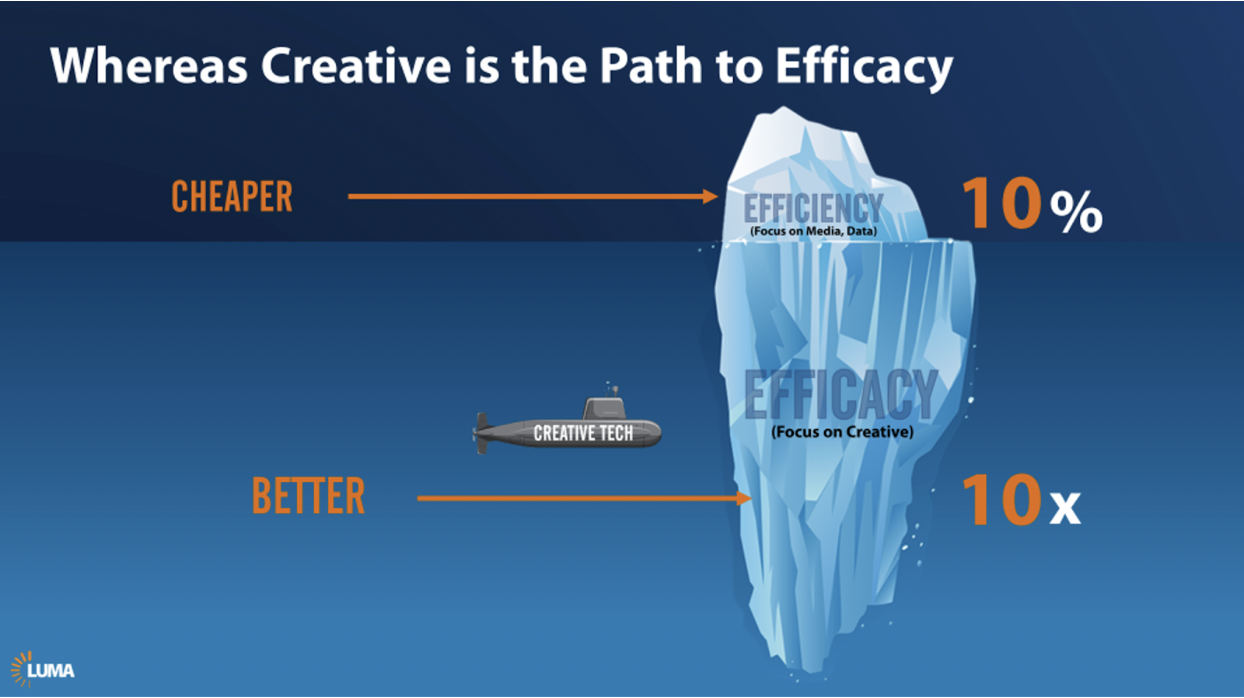
In their view highlighted in the graphic above, AI-enabled creative technologies like VidMob are draining the water and exposing the vast majority of the opportunity that has been hidden below the surface – the opportunity born from focusing on Creative Effectiveness. In helping marketers adopt scoring technology to see at a glance how well their content is designed for the platforms they’re going to run it on, we’re seeing more and more clients get an incredibly easy taste of how powerful this can be. But a taste is just that, something that fires the imagination about what lies ahead. From there, AI-enabled creative analytics are helping folks determine, define and monitor progress against their own brand best-practices. Next, they can ladder up even further through the very same technology to ensure their content is designed for the audiences it’s intended to engage. Drew was right – ‘targeting’ is a construct that narrows your audience. Even worse, it doesn’t teach you anything about them that wasn’t already presupposed in the creation of that audience. AI-based Creative Effectiveness tools help you actually learn about audiences (even new ones!), and create more relevant experiences for each one. Terry cleverly called this out as another opportunity of 10, only 10x instead of 10%.
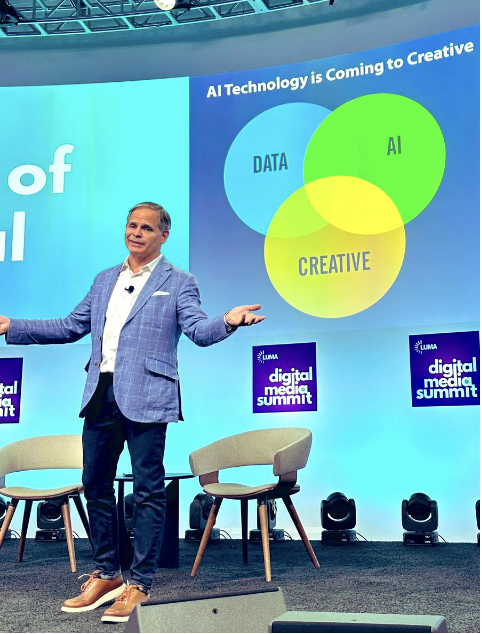
This round number opportunity sizing (10x vs 10%) is one of those things that can easily be dismissed as great in a presentation, but not mathematically sound in practice. Do not be fooled. We’ve seen time after time where clients who have integrated creative effectiveness technology into their creative workflow generate value far exceeding this. In a recent post, I mentioned how we’d worked with Meta on a brand lift study for all of a large client’s creative that had utilized creative effectiveness versus all other content. The relative lift was over 77%. This was applied to creative underlying hundreds of millions of dollars of media spend, and I can guarantee that VidMob’s fee was far less than 10% of that value gain.
Terry is a gifted showman. And in a presentation filled with this much entertainment, it can be easy to overlook the seriousness of his predictions and the accuracy of the map that he’s laying out for astute watchers to follow. So take a peek under the surface. You might be surprised just how big the opportunity actually is for those who are up for a little transformation.
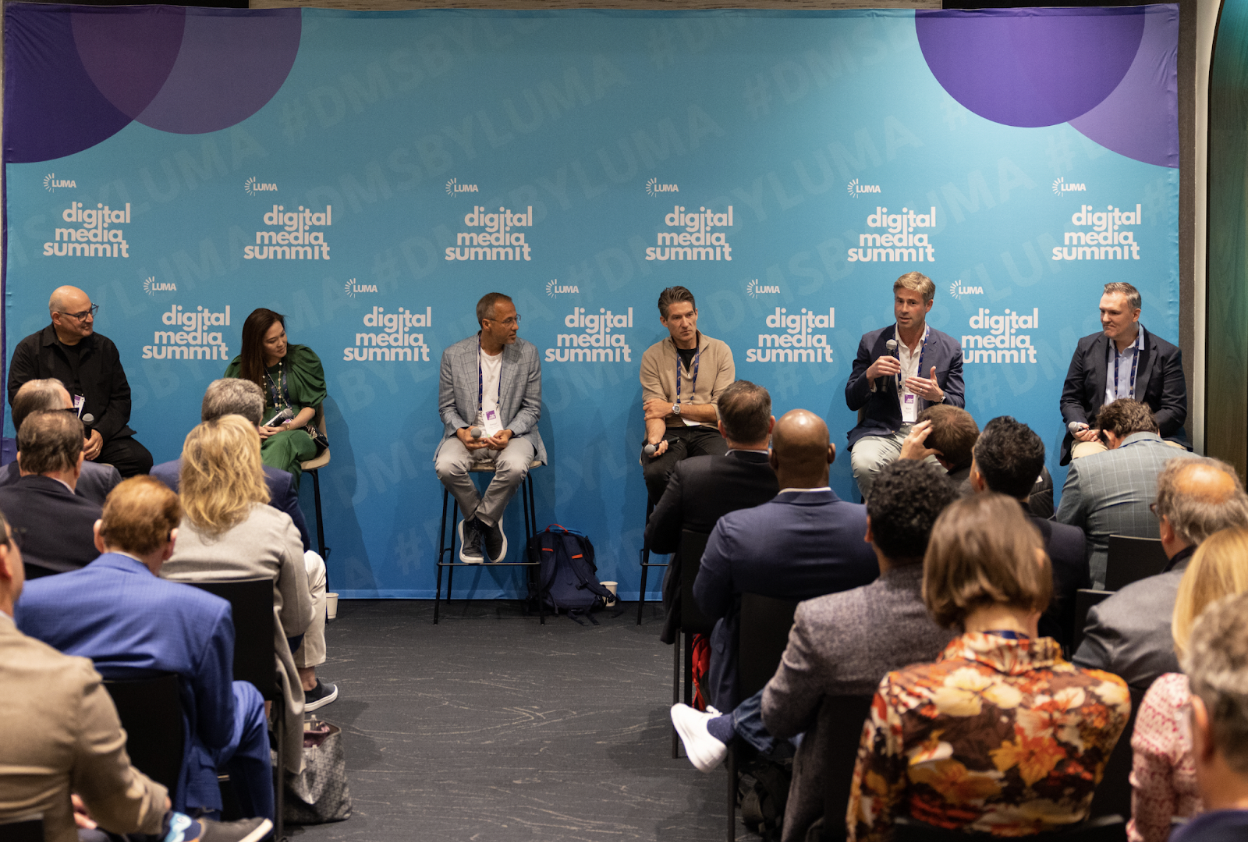 (Panel on AI & Creative Tech, featuring VidMob and moderated by Shelly Palmer)
(Panel on AI & Creative Tech, featuring VidMob and moderated by Shelly Palmer)


